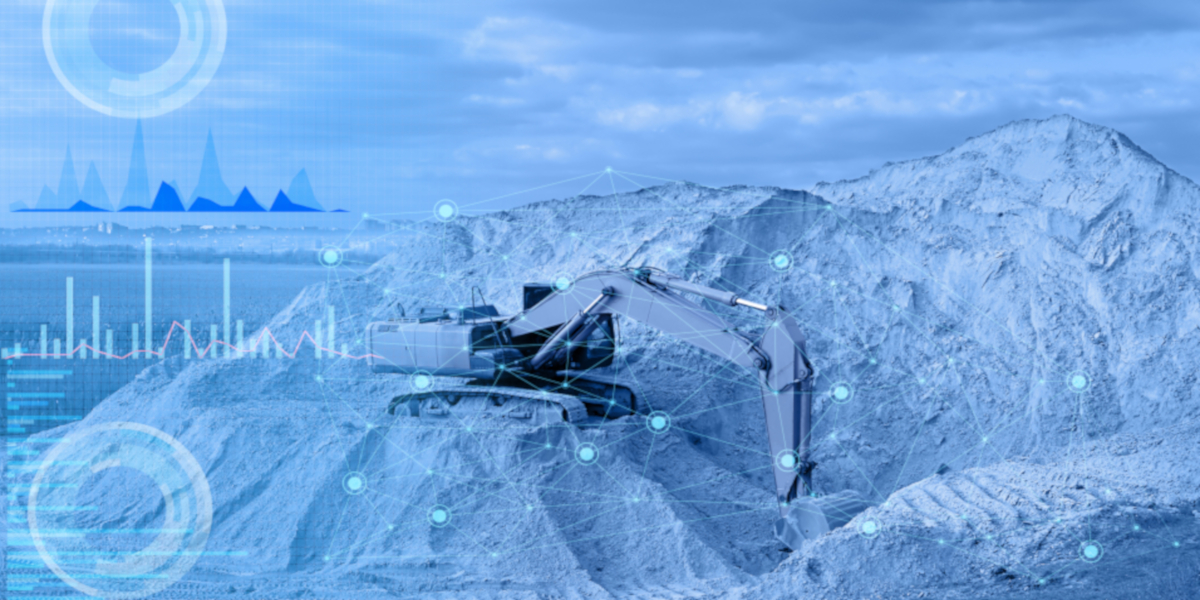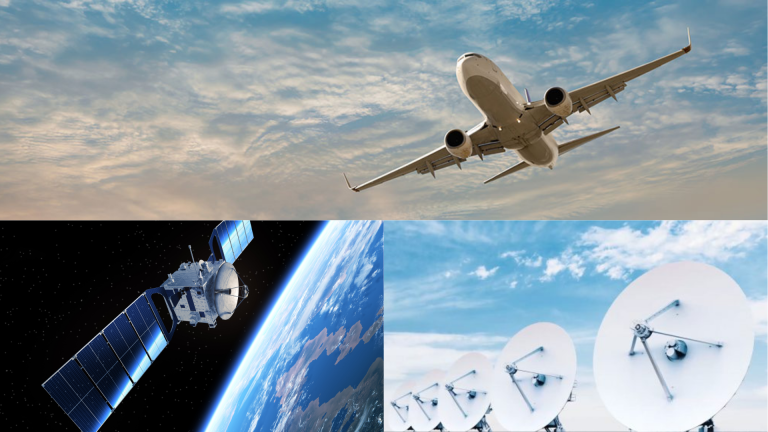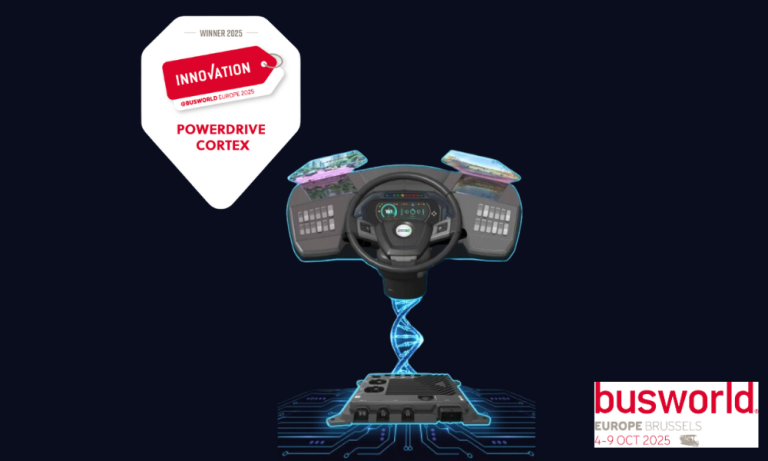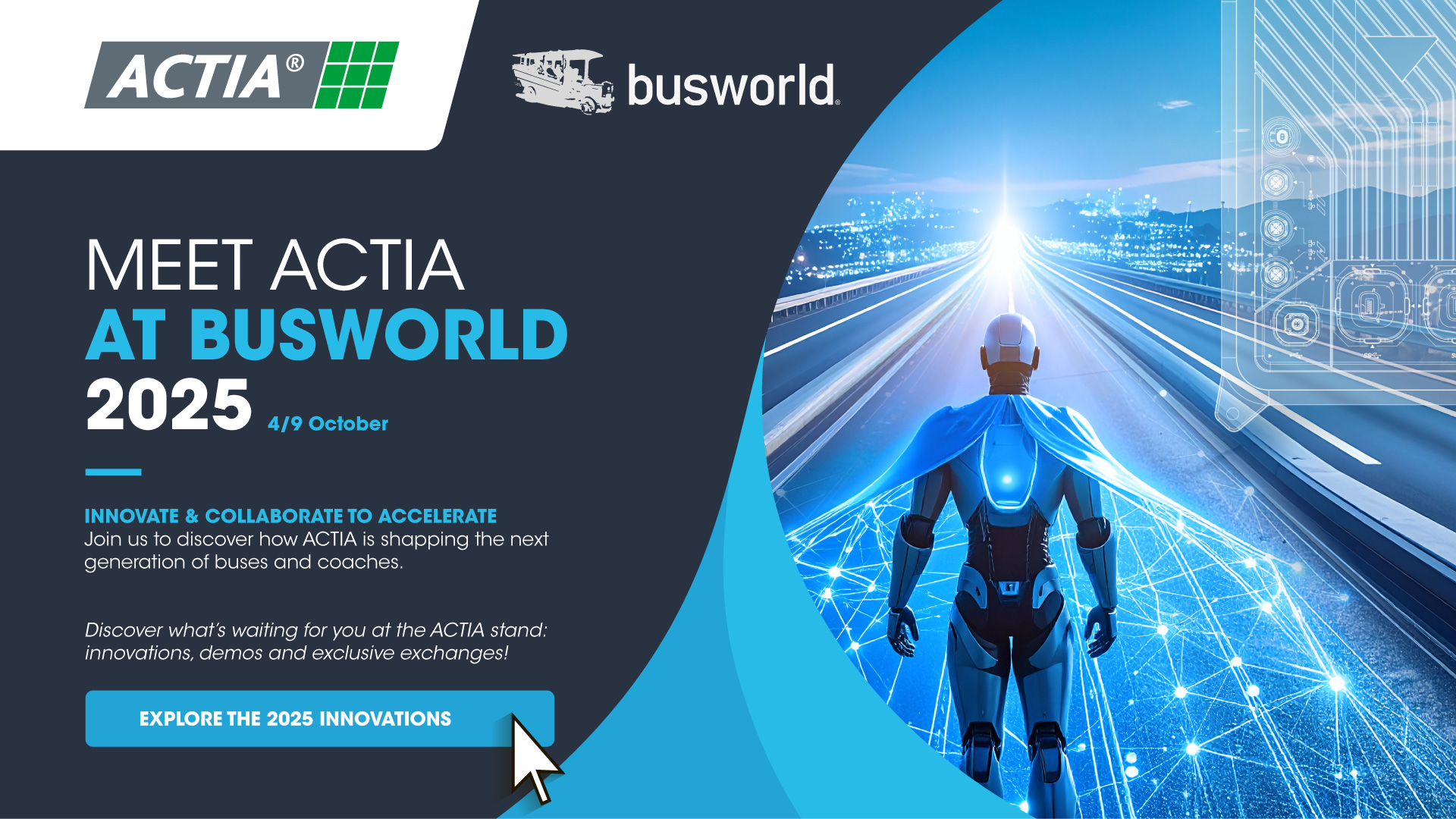Due to its impressive innovations, artificial intelligence represents a major opportunity for stakeholders in the construction industry. There are numerous applications at all project stages, from design to construction site management and equipment operation. In particular, artificial intelligence for off-highway enables vehicles to be fitted for improved safety and manoeuvrability and increased operating rates. In its constant pursuit for innovation, ACTIA has developed technological building blocks based on Artificial Intelligence.
The ECUs in ACTIA’s construction and agricultural vehicle range are ready to incorporate these technologies, and the end result is a driverless vehicle. In this way, AI is accelerating vehicle automation. Let’s take a look at the opportunities these technologies can offer construction equipment today.
How does artificial intelligence (AI) apply to off-highway vehicles ?
Artificial Intelligence (AI) is a general term that refers to a machine’s ability to mimic human cognitive functions, including:
- problem-solving,
- structural identification
- and learning.
Artificial intelligence consists of a range of technologies that, by training on data sequences, can better analyse the characteristics of the present or predict a future consequence.
In other words, these are software building blocks that know how, or learn how, to detect an item on a data format, or anticipate a machine failure by training on the data history of hundreds of machines.
As a result, its applications are as varied as the data formats available: images, audio, video, written documents. Even more concretely, to predict a machine failure at time T, a database of previously identified failures can be used: Use Case Reasoning. The machine can also summarise failures using simple rules: temperature too high, power too low, etc. However, in reality this is insufficient.
Since these problems cannot be modelled based on a set of pre-defined rules, AI addresses them globally, through fine-tuning and in-depth data analysis and learning, known as Machine Learning. Machine learning uses statistical techniques to enable the computer system to “learn” from data without any special programming. The more data is entered into the systems, the more reliable they become.
Bird view* and MOT**
Safety is an important aspect of the construction industry. Vehicle manufacturers and equipment manufacturers like ACTIA make safety a priority when designing machines: excavators, wheeled loaders and dumper trucks, for instance.
Until construction sites are semi-automated, construction professionals could continue to work alongside such machines incorporating artificial intelligence technologies in complete safety.
For example, cameras placed in various locations of the machine allow 360° vision or Bird View. In combination with multiple object tracking, or MOT, this technology allows the machine to map its working environment independently. This means it can detect hazards automatically and, using computer vision technology, it can alert both the vehicle operator and anyone near the vehicle.
ACTIA is a stakeholder in the MOT ecosystem. The group has been particularly successful in the context of the MOT challenge, where it has recorded impressive performances both in detection accuracy and speed. ACTIA engineers have developed a camera system that detects pedestrians in real time using machine learning models. This POC (Proof of Concept), which was originally intended for passenger counting in public transport, has applications for some of the group’s more traditional markets. In particular, it would allow continuous monitoring of blind spots around machines in order to reconstruct their 3D environment.
The system is capable of distinguishing numerous original targets, categorizing them and, most importantly, distinguishing a human from any other type of obstacle in the vehicle’s field of action. This system can be especially useful on construction sites.
The role of smart sensors
For more precise driving
AI applications help vehicles interact with their environment, not just for reasons of safety as we have seen above, but also for the purpose of precision and driving assistance.
For decades, hydraulic functions have been equipped with electronics, sensors, accessories and autonomous controls.
These smart sensors work to ensure that vehicles can guide themselves through their environment automatically.
For example, sensors provide driving assistance in many cases:
- Driving in a perfectly straight line to create a walkway.
- Facilitating handling of an excavator so it can dig trenches at a specific depth for the installation of technical networks.
- U-turn assistance is intended to reduce the number of steering wheel manoeuvres needed to complete a 180° turn.
For predictive maintenance Sensors can also be used to collect information such as oil quality, temperature, vibrations and operating rate. Learning algorithms allow users to detect malfunctions before a failure occurs. This is a key step towards preventive maintenance. Combined with artificial intelligence, predictive IT is now becoming a reality. This is a powerful new approach that exploits Machine Learning to predict equipment incidents before they affect the end user.
AI for cost-effective construction sites
Innovate in AI and draw on the power of data. This is also a way to increase equipment productivity rates, which can help compensate for labour shortages in this sector. Some vehicle manufacturers are proposing semi-autonomous construction equipment to perform repetitive and difficult tasks more efficiently than workers:
pouring concrete,
building a brick wall,
welding and demolition work.
Having repetitive tasks performed by autonomous construction equipment is now a reality; the technician simply has to define the specifications beforehand.
This represents indisputable time savings for a construction site, particularly as the construction industry is struggling to recruit due to the difficult nature of the job.
Today, ground work and earthworks are performed by semi-autonomous bulldozers that can prepare the ground for a construction site based on specifications defined by an expert. This allows workers to focus on construction and value-added tasks. This reduces the time it takes to complete the project.
ACTIA ECUs are getting ready to incorporate AI. ACTIA’s latest generation of on-board ECUs for off-road vehicles, ACTI-WAYS, is designed to incorporate a wide range of technologies. The SPU family is particularly suitable for harsh environments. ACTIA is continuing with its development strategy for command and control units with the development of supercomputers intended for driverless vehicles.
ACTIA’s command of these technological building blocks opens a world of possibilities to numerous untapped applications.
In the future, increasingly autonomous machines will be able to act simultaneously on the harsh, safe and productive aspects of construction sites through artificial intelligence applications.
*360° vision
**Multiple Object Tracking







